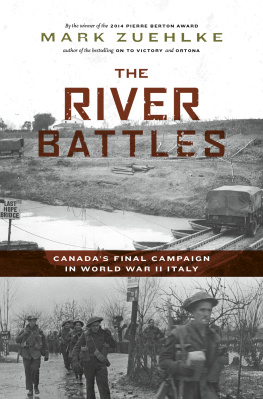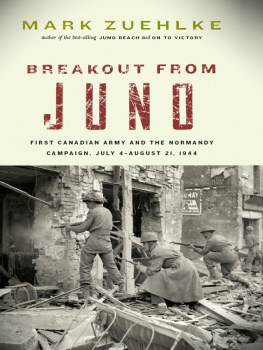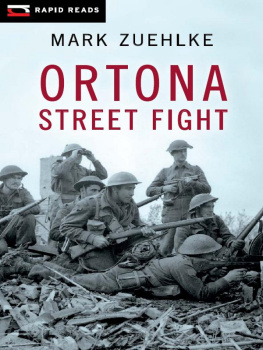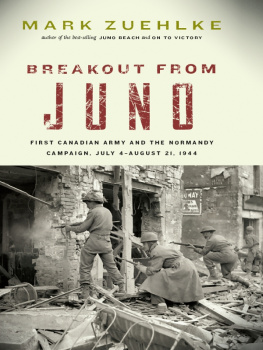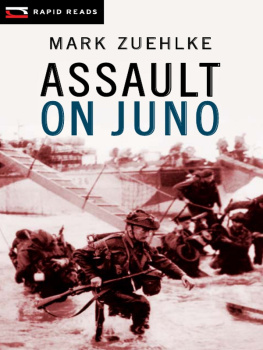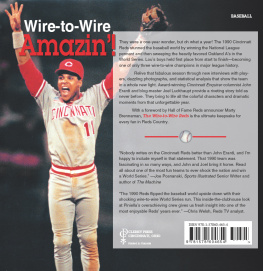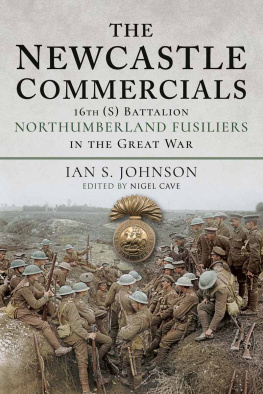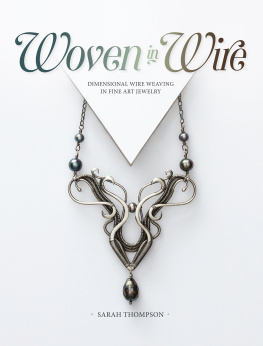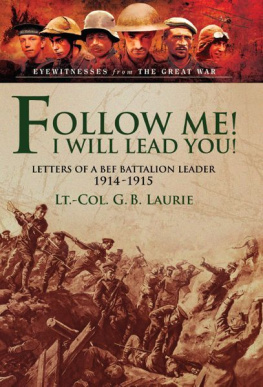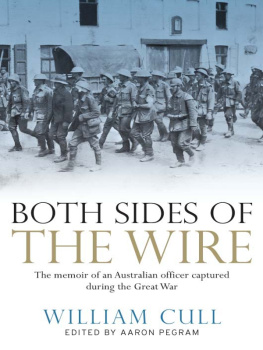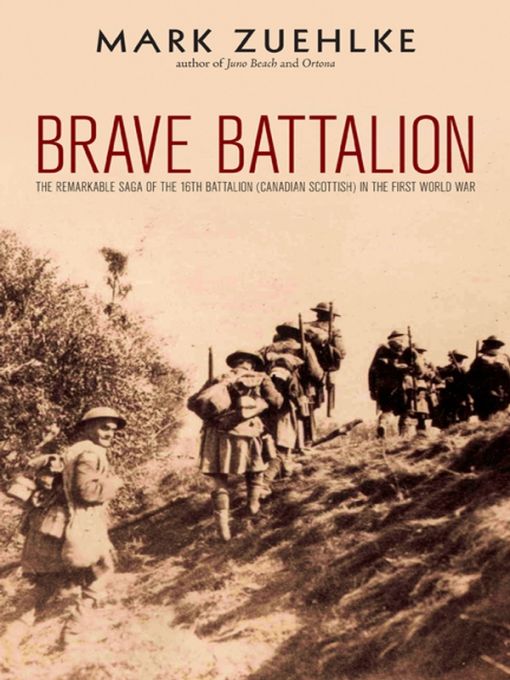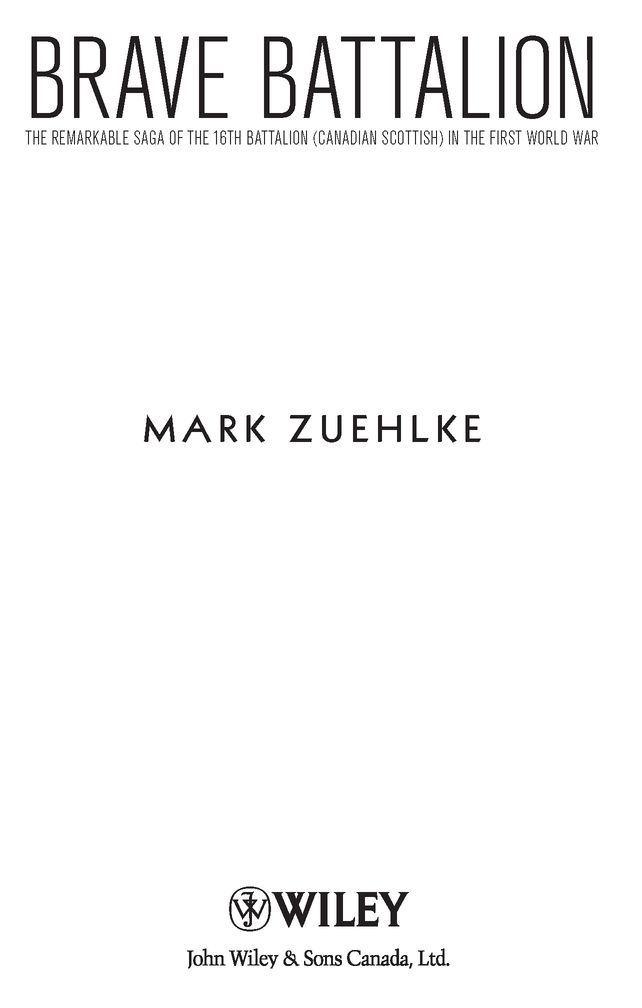Table of Contents
Other Military History by Mark Zuehlke
For Honours Sake: The War of 1812 and the Brokering of an Uneasy Peace
Terrible Victory: First Canadian Army and the Scheldt Estuary Campaign: September 13-November 6, 1944
Holding Juno: Canadas Heroic Defence of the D-Day Beaches: June 7-12, 1944
Juno Beach: Canadas D-Day Victory: June 6, 1944
The Gothic Line: Canadas Month of Hell in World War II Italy
The Liri Valley: Canadas World War II Breakthrough to Rome Ortona: Canadas Epic World War II Battle
The Canadian Military Atlas: Four Centuries of Conflict from New France to Kosovo (with C. Stuart Daniel)
The Gallant Cause: Canadians in the Spanish Civil War, 1936-1939
Order of Battle forthe Canadian Infantry
- 1914-1918 -
Section: 12 men, commanded by a corporal. Also a small unit performing special duties (signals, machine-gun detachments, bombers) alongside or within companies.
Platoon: Four sections, 48 men, commanded by a lieutenant or second lieutenant.
Company: Four platoons, 200 men, including company HQ, commanded by a major or captain.
Battalion: Four companies, 1,000 men, including battalion HQ and specialists, commanded by a lieutenant colonel.
Brigade: Four battalions, 4,000 men, commanded by a brigadier general.
Division: Three brigades, 12,000 men plus 6,000 artillery, commanded by a major general.
Corps: Two or more divisions, 60,000-100,000 men, commanded by a lieutenant general. Also a large body of troops devoted to a specific purpose (e.g., Royal Canadian Ordnance Corps).
Army: Two or more corps, 200,000 or more men, commanded by a general.
Order of Ranks inthe Canadian Infantry
- 1914-1918 -
Generals
General (Gen.)
Lieutenant General (Lt.-Gen.)
Major General (Maj.-Gen.)
Brigadier General (Brig.-Gen., or Brig.)
Officers
Colonel (Col.)
Lieutenant Colonel (Lt.-Col.)
Major
Captain
Lieutenant (Lt.)
Second Lieutenant (2nd Lt.)
Non-Commissioned Ranks
Regimental Sergeant Major (RSM)
Company Sergeant Major (CSM)
Staff Sergeant (S/Sgt.)
Sergeant (Sgt.)
Lance Sergeant (L/Sgt.)
Corporal (Cpl.)
Lance Corporal (L/Cpl.)
Private (Pte.)
Acknowledgements
The genesis for Brave Battalion arose out of a conversation with Don Loney, executive editor at John Wiley & Sons Canada, Ltd. Don was thinking about the fact that 2008 marked the 90th anniversary of the armistice that ended World War I on November 11, 1918. His paternal grandfather, William Loney, had been a World War I veteran, emigrating to Canada from his native Perth, Scotland, in 1908. A sergeant, he had suffered a shrapnel wound to the leg while serving in the 42nd Battalion Royal Highlanders of Canada (perpetuated as 2nd Battalion, Royal Highlanders of Canada). One of Dons prized possessions is 42ndBattalion Royal Highlanders of Canada, 1914-1919, a history of the battalion by Lt.-Col. C. Beresford Topp published in 1931 by the 42nds regimental association. Such histories were common in the years that followed the end of World War I and the outbreak of World War II. As was normally the case, this one was written by an officer who had served in the battalionTopp having risen to the rank of major while with the 42nd Battalion.
Most recent Canadian works on World War I, Don noted, either provided a general overview of the course of the war or chronicled one specific landmark battle, such as Vimy Ridge or the 2nd Battle of Ypres. While such approaches had their obvious merits, the former generally lacked the personal experiences of soldiers, such as William Loney, while the latter was limited to a tightly confined timeframe. Dons idea was to follow the wars course from beginning to conclusion through the lens of a single Canadian battalion. Was I interested in writing such a book?
I had a personal link to World War I as well. Two great-uncles, Fred and Frank Zuehlke, had served in Canadian battalions. Great-Uncle Fred had lost an arm at Vimy Ridge. Great-Uncle Frank spent much of the war as a prisoner in Germany. Deeply scarred psychologically by his prison experiences, Frank took his life in the 1920s. As a boy, I had known Great-Uncle Fred well. But, like most veterans, he seldom spoke of his wartime experiences. A battalion history would present a good opportunity to explore what my two relatives had lived through.
Dons idea was not, of course, entirely original. A few similar books had appeared in the 1980s and 1990s, but I was intrigued by the idea and thought a new work in this mould warranted if the battalion selected was present from outbreak to end of hostilities. That limited the selection to the 1st Canadian Infantry Division battalions or the Princess Patricias Canadian Light Infantry. This latter battalion was distinct in that it had been privately funded and raised, so I eliminated it from consideration. As I homed in on the 1st Division battalions it was the 16th Battalion (The Canadian Scottish) that kept drawing my eye. One reason for this was that the Canadian Scottish was formed of young men drawn from four communities that in large measure typified the national character in 1914. The other was that the battalion was present at virtually every major battle Canada fought during the war. It was also a Highland regiment and had arguably been the Canadian battalion most attached to the tradition of going into battle led by pipers, which yielded some fine anecdotal material.
I am grateful that Don left the decision of the battalion to be chronicled in my hands and for approaching me with the idea. His faith in my ability to deliver a compelling book never wavered.
Of immeasurable assistance in creating a compelling recounting of the Canadian Scottish battalions World War I experience was its official history: The History of the 16thBattalion (The Canadian Scottish), Canadian Expeditionary Force published in 1932 and written by Hugh MacIntyre Urquhart. This former Canadian Scottish officer was able to draw on many letters from those who served with him during the war. Having kept a personal diary, Urquhart was able to enrich the battalion history with many intimate details and observations about daily life in the trenches and within the battalion.
Urquharts diary was one of many documents I was able to consult at the University of Victorias Special Collections where the Canadian Scottish Regiment has deposited its archival collection. Staff at Special Collections were endlessly helpful in making these documents available for study. Bob Darnell and others at the Canadian Scottish Regiments museum in the Bay Street Armoury were also forthcoming with advice and much support for this project.
Thanks also to Carol Reid and Jane Naisbitt at the Canadian War Museum and to staff at Library and Archives Canada.
Once again my agent, Carolyn Swayze, stickhandled the contractual negotiations and details with her usual consummate skill.
Yet again Frances Backhouse provided endless support as I stepped once more into the breach to write another military history.


